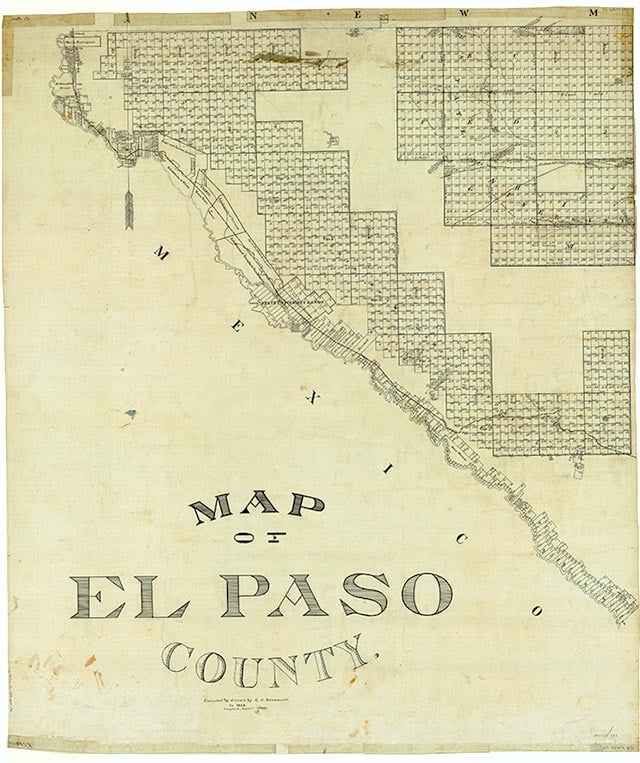Smeltertown

Smeltertown is an industrial area on Interstate Highway 10, U. S. Highway 80, the Southern Pacific and the Atchison, Topeka and Santa Fe railroads, and the east bank of the Rio Grande, just west of downtown El Paso in western El Paso County. The community came into being with the construction in 1887 of the Kansas City Consolidated Smelting and Refining Company (later the American Smelting and Refining Company, or ASARCO) copper and lead smelter, after which it was named. In the 1880s the Mexican employees of the smelter began building houses west of the smelter, beside the Rio Grande. San Rosalía Church, named after the Chihuahua town from which most of the first parishioners came, was built in 1891, and E. B. Jones School was established later. The church was later renamed San José del Río Grande, but burned in 1946 and was replaced by the San José de Cristo Rey Church. In 1938 the population of Smeltertown was estimated at 2,500; a post office was established the following year and closed four years later. In June 1945 the El Paso Herald-Post called attention to the poverty in Smeltertown, which included a cluster of small adobe dwellings with dirt floors and windows without glass.
Smeltertown gained a measure of unwanted fame in the early 1970s, when it became the center of an environmental controversy. In 1970, when the population of the community was approximately 500, the city of El Paso filed a $1 million suit against ASARCO, later joined by the state of Texas, charging the company with violations of the Texas Clean Air Act. In December 1971 the El Paso City and County Health Department found that the smelter had emitted more than 1,000 metric tons of lead between 1969 and 1971, and in early 1972 tests found that seventy-two Smeltertown residents, including thirty-five children who had to be hospitalized, were suffering from lead poisoning. The city sought to evacuate Smeltertown, which a local newspaper described as "a grimy feudal kingdom spread beneath the Company Castle," but many residents resisted. After being largely ignored by the city government for eighty-five years, they doubted the sincerity of local politicians, especially since the city had closed the E. B. Jones School, rather than remodel it with needed sewer improvements, and Smeltertown children were now bussed to another school six or seven miles away. A number of the residents also did not want to give up their homes, many of which had been in the same family for several generations, although the occupants had not built them and did not own the land on which they stood. A 1975 study found levels indicative of "undue lead absorption" in 43 percent of those living within one mile of the smelter and projected abnormal lead absorption in more than 2,700 local children between the ages of one and nineteen years old. In May 1975 an injunction ordered ASARCO to modernize and make environmental improvements, which eventually cost some $120 million. Against their wishes the residents were forced to move; their former homes were razed, leaving only the abandoned school and church buildings to mark the site of El Paso's first major industrial community.
Martin Donell Kohout | © TSHA

Adapted from the official Handbook of Texas, a state encyclopedia developed by Texas State Historical Association (TSHA). It is an authoritative source of trusted historical records.

- ✅ Adoption Status:
Belongs to
Smeltertown is part of or belongs to the following places:
Currently Exists
No
Place type
Smeltertown is classified as a Town
Location
Latitude: 31.78344110Longitude: -106.52665470
Has Post Office
No
Is Incorporated
No
